GEWISS Switches
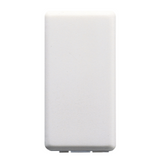
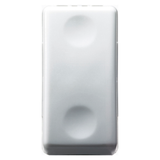

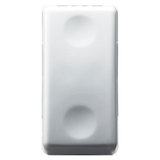

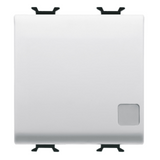
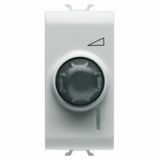
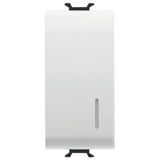
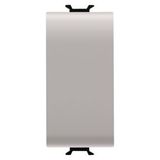
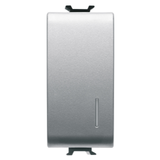



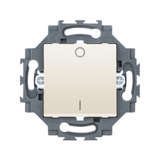

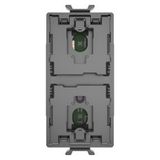

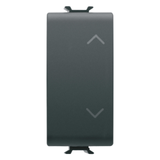
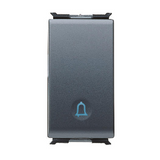

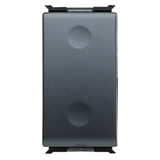
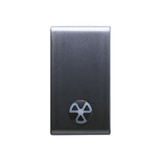
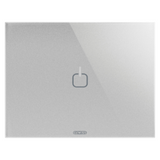
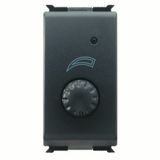
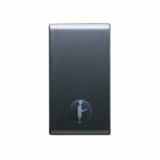

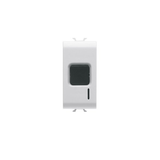



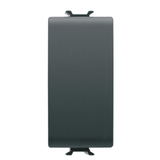
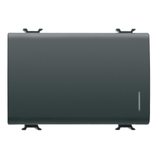



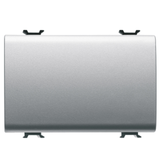
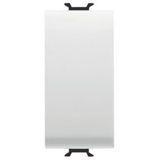
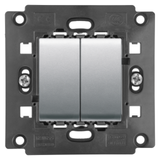

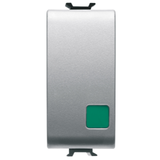
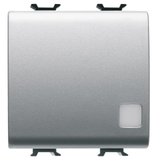
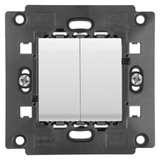
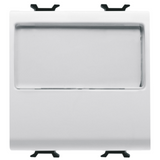

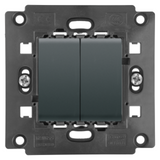


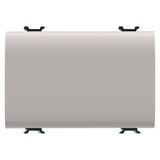
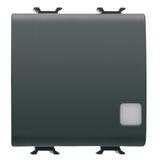
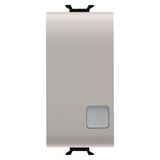
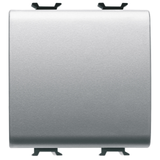

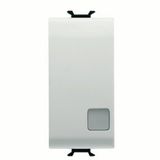
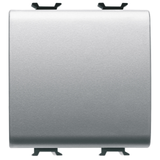
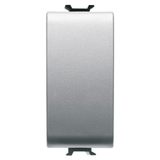
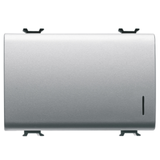
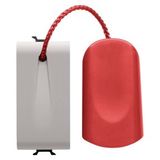
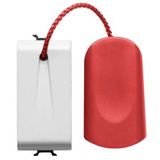
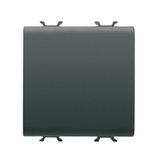
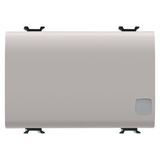
In electrical installations the humble switch is one of the most used—yet often one of the least spec’d with care. With GEWISS switches you’re ordering devices that will be toggled thousands of times, must perform reliably under load, integrate with plates and frames, and simplify maintenance. From my experience in wiring projects and panel builds, specifying the correct switch family from day one prevents refunds, part‑mismatches and field failures.
GEWISS Light Switches – Standard On/Off Toggle and Rocker Devices
When you’re doing lighting circuits in offices, corridors or general purpose rooms, you’ll use GEWISS light switches. These are the standard on/off devices—single‑gang, double‑gang, multi‑gang—rated at e.g. 16 AX, 250 V AC in GEWISS’s “SYSTEM WHITE” modular line
In practice: you check the number of modules (½, 1, 2 modules), whether the switch is illuminable, whether it has a neutral contact, the wiring terminal type (screw, quick‑connect), and its compatibility with face‑plates. Choosing GEWISS means the switch match your plates, spare stock and installation flows are consistent.
GEWISS Rocker Switches & Push‑Button Switches – Specialized Control Interfaces
In spaces where lighting or control is more than simply on/off (e.g., scene switching, machine start/stop, automation) you’ll specify GEWISS rocker switches or GEWISS push‑button switches. These devices often form part of modular switch systems and may carry symbolic lenses, back‑lighting or indicator functions. For example a GEWISS push‑button module with replaceable neutral lens is listed in their catalogue.
From installation experience: you’ll want to verify the function (NO/NC contact), if the device is illuminable, whether the lens can be customised, and the module width so it integrates properly on the plate. Using GEWISS for both standard and advanced switching keeps the panel/interface consistent.
GEWISS Modular Switches & Switch Mechanisms – Systemised Wiring Device Architecture
The category of GEWISS modular switches and switch mechanisms refers to the underlying modular device platform—where switches, dimmers, sockets, push‑buttons all share the same support frames and plates. For example the “SYSTEM WHITE” and “CHORUSMART” ranges emphasise a complete modular range with high installation flexibility
From procurement standpoint: you’ll check that the switch mechanism is compatible with the required plate finish, that spare modules match, that you have mounting boxes (flush or surface) that can accept the module width, and that the wiring terminals are standard for your installation crews.
GEWISS Dimmer Switches – Controlable Lighting Interfaces
When lighting circuits need dimming, scene control, or integration with smart lighting, you’ll choose GEWISS dimmer switches. While the basic switch case handles on/off, the dimmer module handles a variable load, compatibility with LED lamps, and may include soft‑start or ramp control. When specifying lighting systems for office or hospitality builds, including dimmers in the switch family becomes practical.
In practical experience: you must check the load type (LED, incandescent, fluorescent), minimum load requirement, compatibility with the GEWISS face‑plate and module system, and whether the dimmer is single‑channel or multi‑channel. Specifying GEWISS dimmers alongside their light switches ensures spares, support and documentation remain coherent.
Procurement & Installation Insights
When procuring GEWISS switches at scale for a building or retrofit programme, the main decision‑factors include:
- Module width and plate compatibility (½, 1, 2 modules) important to match the installation box and cover plate.
- Electrical rating: current rating (e.g., 10 AX, 16 AX), voltage rating (250 V AC) and load type compatibility (especially for dimmers).
- Finish and aesthetics: white, satin white, titanium, black etc (seen in CHORUSMART, SYSTEM ranges) — this matters for interior consistency.
- Mounting and wiring: screw vs quick‑connect terminals, pull‑test capability, depth clearance, installation ergonomics.
- Stock, lead‑time and spare‑parts: switches are one of the last items installed; delays in switches or mismatch of modules/plates delays hand‑over.
- Brand consistency: using GEWISS across switches, push‑buttons and dimmers means fewer product lines to manage, simpler spares and consistent documentation.
From on‑site experience: when switches arrive but the plate or frame doesn’t match (module width, finish, screw‑pattern), installation slows. Specifying everything as part of one system avoids that.
Closing Note on Supply
Bank of Lamps supplies the full GEWISS switches range—light switches, rocker switches, push‑button switches, modular switch systems, dimmer switches and all associated mechanisms—from our central warehouse in Latvia. We serve B2B clients, electrical contractors, panel‑builders, and facility managers across the UK, Germany, Netherlands, Baltics, France, Spain and Belgium. With reliable high‑volume stock, flexible bulk packaging and logistics aligned to installation schedules, you can focus on the wiring and commissioning rather than supply bottlenecks.